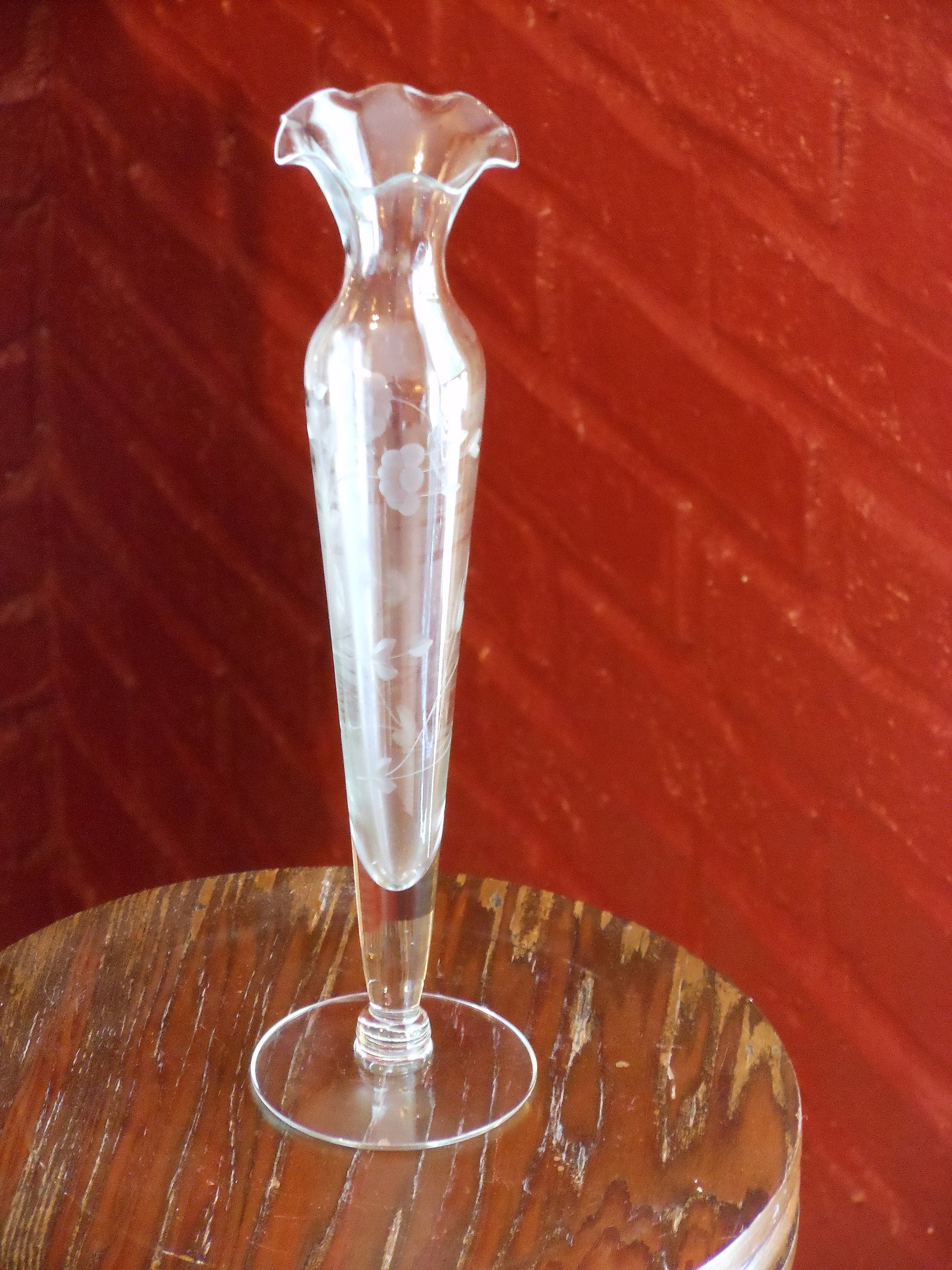
Google Pay serves 150 million users across 30 countries, and it recently rolled out new peer-to-peer payment tools.

Apple Pay's number of activated users rose from 441 million to 507 million between September 2019 and September 2020, according to Loup Ventures.
#Paypal transaction fees code
Stripe's code is easily customized for individual apps, making it an attractive option for companies like Lyft and Pinterest.Īpple and Google, meanwhile, can both leverage their dominance of the smartphone OS market to promote their own payment solutions. That's probably why PayPal didn't raise its Venmo fees for in-person payments - which remain comparable or lower than Square's Cash App's fees. Square serves fewer countries and merchants than PayPal, but its Cash App has been growing faster than PayPal's Venmo in the peer-to-peer payments market. These three competitors also have unique strengths. That solution can be simpler and more economical than dealing with varying swipe fees.

PayPal, Square, and Stripe cover those swipe fees with their fees. Stripe charges the same rate.Īpple Pay and Google Pay don't charge any merchant fees, since they're considered "card present" transactions, but merchants still need to pay the underlying credit card's swipe fee of about 1.3%-3.5%.
#Paypal transaction fees plus
Square's e-commerce API, which enables businesses to integrate its payment services into their websites, still charges 2.9% plus $0.30 per transaction. However, PayPal's new rate of 3.49% plus $0.49 for online transactions makes it the priciest option for most merchants. In other words, PayPal wants to raise its rates while it's still firing on all cylinders. It expects its revenue and adjusted earnings to grow 20% and 21%, respectively, this year, and for its active accounts to climb to 430 million. PayPal doesn't anticipate a significant slowdown after the pandemic ends.

Its revenue and adjusted earnings rose 21% and 31%, respectively, in 2020 as merchants and consumers used more digital payments throughout the pandemic. PayPal's growth rates support those claims. Moreover, PayPal claims consumers "who choose PayPal as a payment method are 60% more likely to convert than consumers who do not choose PayPal as a payment method." It also claims consumers are "nearly three times more likely to complete their purchase when PayPal is available at checkout."


 0 kommentar(er)
0 kommentar(er)
